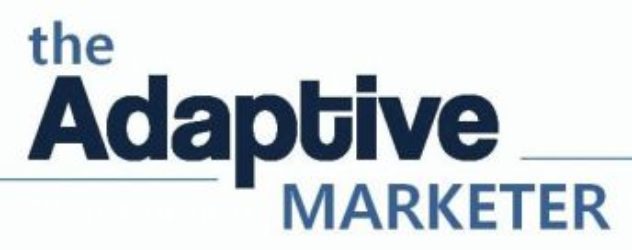 It seems every good marketing plan needs to include industry event participation to be complete. Sometimes we go to trade shows to leads, sometimes because “you have to be visible” and sometimes because we went last year so we signed up for this year as well. Yet , in my humble opinion most marketers do a poor job at events.
It seems every good marketing plan needs to include industry event participation to be complete. Sometimes we go to trade shows to leads, sometimes because “you have to be visible” and sometimes because we went last year so we signed up for this year as well. Yet , in my humble opinion most marketers do a poor job at events.
Here are my 7 suggestions to make your trade show participation a success.
1. Define a Strategy – Why are you going to the event in the first place? Are you there for awareness? to drive leads? to engage with press and analysts? defining a very specific and clear goal is the first step to a successful event. Think about the number of leads you will get in relation to the total costs for exhibiting (booth, travel, opportunity cost, etc.), the right conclusion may be not to be at an event.
2. Refine your Value Proposition – Have you ever walked a show floor? think about how you scan booths as you walk by. Most people probably spend two or three seconds reading the signage on a booth before deciding if it is something they are interested in – otherwise they will continue walking and scanning. Next time you go to a trade show study how people walk by the aisles.
This means you have about 8 words to tell people why should they stop and talk to you. You have one chance to get their attention. I find it amusing how bad we marketers are at this: most booths have meaningless slogans like “High Performance Digital Solutions” – what does it mean? what exactly do you sell? why should I care? You could play bulls##t bingo walking a trade show.
3. Focus – Attract the right people. Surely you have studies the event prospectus and you know what kind of people will be attending. From here, based on your strategy, you need to decide what titles/roles and company profiles you want to talk to. We are too quick to think in terms of booth visitors, coming up with ever more creative giveaways. Handing out t-shirts will surely keep your booth busy, but will it attract the type of people you want? Would the qualified buyer you wanted to talk to walk by because your team was too busy handing out t-shirts to everyone?
4. Time Management – For most companies, the goal of trade show participation is to generate leads. This means three things: first, qualify every visitor to your booth. Second, spend as little time as possible with non-qualified leads: be courteous, hand out a datasheet or a giveaway if they request one and move on. Third, spend quality time with qualified leads but not too long: once you know the lead is a viable prospect, you have provided valuable information to increase their interest and captured their contact information, it is probably smart to move on to the next customer. There will be more time later to continue the conversation with this customer, do an in-depth demo or needs assessment. Of course, you need to use your judgement based on your product and buying process, customer interest and how busy your booth is.
5. Ask, don’t tell. Good sales people listen 70% of the time. Do the math: you only need to speak 30% of the time. Most booth staff are too quick to jump into a sales pitch and a demo as soon as someone walks by. After qualifying a person ask them why they stopped, what problems they are trying to solve, what solutions they have considered, how much they know about your company and your product and what specific questions they have. This will accomplish a couple things: first, you will come across as more genuinely interested in helping the customer; second, you will know enough to tailor your presentation or demo to the specific needs of the customer; and third, it will save them from spending 5 minutes listening to a pitch that makes no sense at all.
6. Follow Up. Marketers do a terrible job at following up on trade show leads. Often, what happens after a trade show is that a spreadsheet with names and contact info is sent to the sales team or to the telemarketing team where they go to a black hole. If you involve sales from step 1 when you are defining your strategy, you should have a follow-up strategy and plan weeks before the event. At the very least send each prospect an email thanking them for attending, providing useful resources and contact information. Tink about creative ways to engage customers in the form of a poll, a free analysis, a white paper, or some other high-value material.
7. Learn. Trade shows are great opportunities to learn about the market, trends, your competition, and above all to learn about customers. Often times, the most valuable conversations I have had at an event have been during lunch or dinner when I go to the main meal room and seat at a table with 9 customers or industry peers that I had not met before. Yet, most booth people miss this opportunity: as soon as booth duty is over they have lunch together as a pack. Make the most of every opportunity to meet customers. Some times, I seat at more than one table during lunch to maximize my opportunities to learn – and to have an extra dessert :-)
Have fun at your next event!

 1. Content is set free and is continuously evolving. What started with RSS feeds continues to accelerate. Content will increasingly be syndicated, aggregated, tagged, rated, mashed-up, re-published, filtered and transformed. Technologies like REST APIs and open ID are enabling this trend.
1. Content is set free and is continuously evolving. What started with RSS feeds continues to accelerate. Content will increasingly be syndicated, aggregated, tagged, rated, mashed-up, re-published, filtered and transformed. Technologies like REST APIs and open ID are enabling this trend.